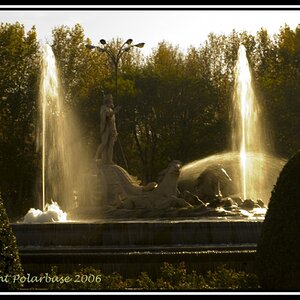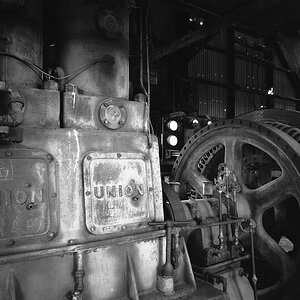farhadankhi
TPF Noob!
- Joined
- Feb 8, 2016
- Messages
- 1
- Reaction score
- 0
- Location
- Bangladesh
- Website
- www.thebestcamerasever.com
- Can others edit my Photos
- Photos OK to edit
When i found a dslr camera on amazon most of them are ef or ef-s supporter camera? What is the main difference between ef and ef-s camera? Which one is good for photography?


![[No title]](/data/xfmg/thumbnail/36/36397-b2aca1c8ba1009853020154d6dd4b0e5.jpg?1619737550)
![[No title]](/data/xfmg/thumbnail/36/36399-041c9ebc3a39e89ec8e39243c0d43528.jpg?1619737551)
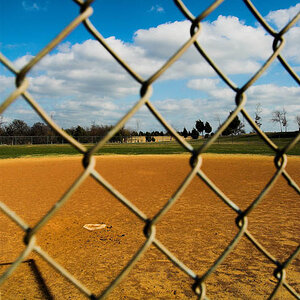
![[No title]](/data/xfmg/thumbnail/36/36398-33d875428a7eefdf5b31188ec0f555a5.jpg?1619737551)
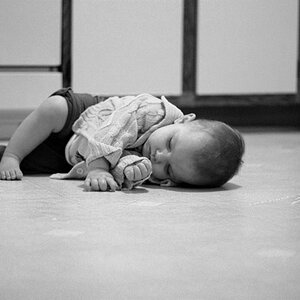

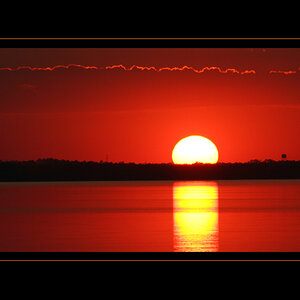
![[No title]](/data/xfmg/thumbnail/40/40297-5b7d12c4c72c43b505a6f575d338d573.jpg?1619739411)
![[No title]](/data/xfmg/thumbnail/40/40299-41bf1ccac2889096fb5f4fcffdd56721.jpg?1619739411)
![[No title]](/data/xfmg/thumbnail/38/38261-db20f6f92ee8f0d4c5cf1536e308638b.jpg?1619738546)
